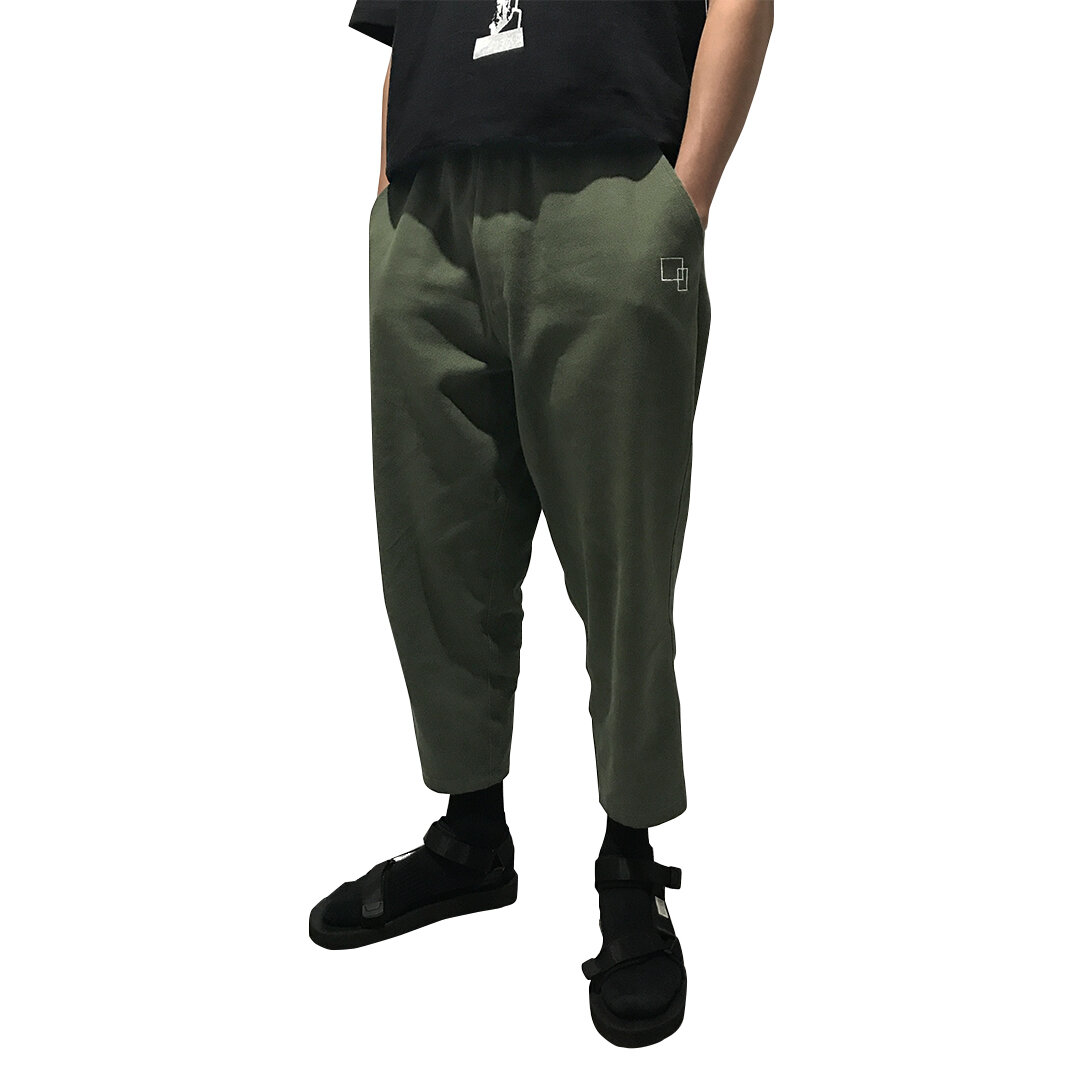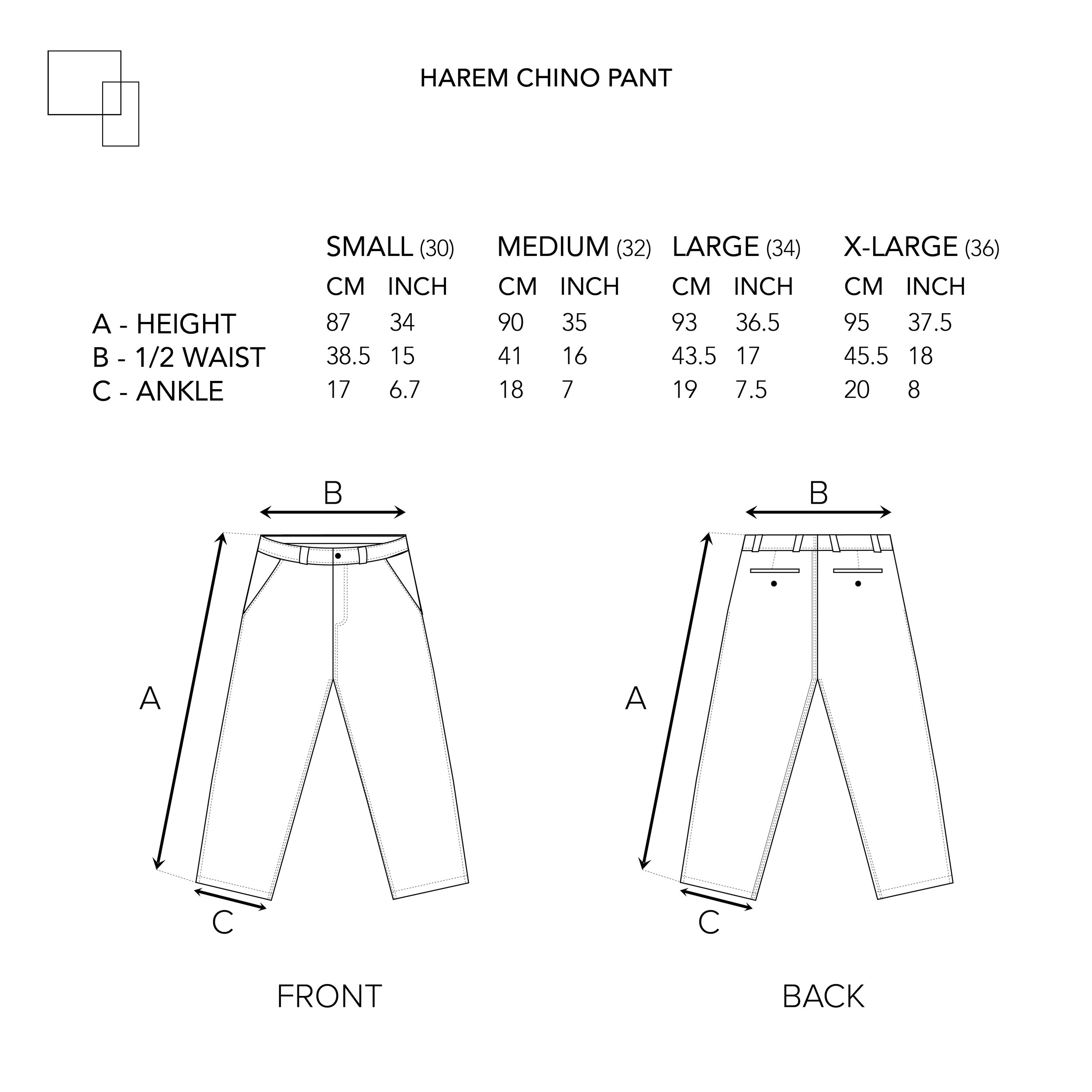Harem Chino Pant






Harem Chino Pant
Sale Price:SGD 77.00 Original Price:SGD 110.00
100% Cotton Twill
Extra heavyweight fabric
Nephrite Green
Harem inspired fit which is baggier at the upper leg with an ankle cut
Flat-felled double-stitched seams with double jet back pockets
High front & back rise
Embroidered logo on the front pocket
Avoid washing unless you really have to | Hand wash | Hang dry, do not tumble dry | Iron medium-hot
Model is 174cm and wears a size M
Recommended Pairing: Rave Lights T Shirt
Read more below
Size:
Quantity:
sale

